The 1970s represented a fascinating transition period in television history, bridging the wholesome family programming of the 1960s with the edgier, more sophisticated shows of the 1980s. While everyone remembers iconic series like “MAS*H,” “The Mary Tyler Moore Show,” and “All in the Family,” the decade produced numerous groundbreaking programs that significantly influenced television’s evolution yet have somehow slipped through the cracks of our collective memory. These forgotten gems pushed boundaries, introduced innovative formats, tackled controversial topics, and paved the way for future hits—all while failing to maintain the cultural foothold of their more famous contemporaries.
1. “Room 222” (1969-1974)

This groundbreaking high school drama set in a fictional Los Angeles school became one of television’s first series to feature a Black lead character in a professional role with Pete Dixon (Lloyd Haynes) as a history teacher. The show tackled serious issues like racism, student activism, drugs, and women’s rights at a time when most school-based programming was still focused on pranks and puppy love. Creator James L. Brooks (who later created “The Mary Tyler Moore Show” and “Taxi”) developed a unique blend of drama and comedy that would become his trademark, pioneering the dramedy format that dominates television today. The series earned special mention from the Television Academy Interviews for shining a spotlight on social issues that were overlooked in pop culture at the time.
Despite winning an Emmy for Outstanding New Series in its first season, “Room 222” has been largely forgotten while similar school-based shows like “Welcome Back, Kotter” remain in syndication. The show’s nuanced portrayal of racial issues and educational challenges was years ahead of its time, influencing later series from “Boston Public” to “Glee.” Its diverse cast and willingness to address controversial subjects established a template for socially conscious programming that networks would embrace decades later, making it one of the most quietly influential shows in television history despite its current obscurity.
2. “Police Woman” (1974-1978)
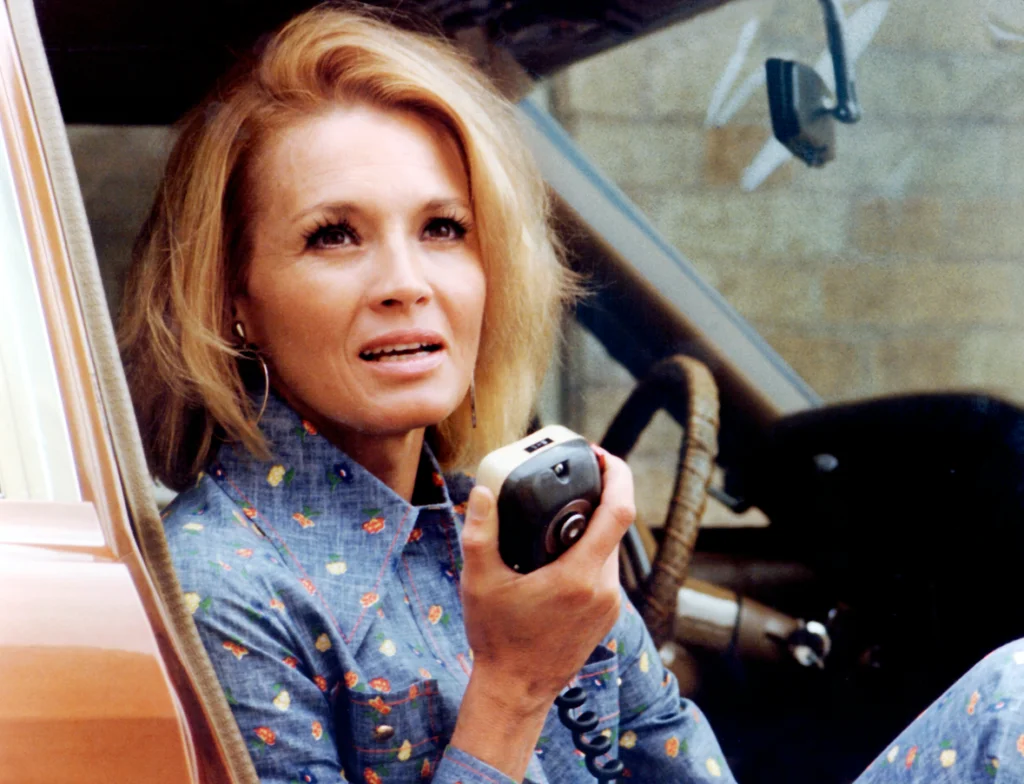
Starring Angie Dickinson as Sergeant Pepper Anderson, this groundbreaking crime drama became the first successful hour-long television series to feature a woman in the title role. The show’s portrayal of a female undercover officer tackling cases involving prostitution, drug trafficking, and organized crime pushed boundaries for female characters on television. Dickinson’s nuanced performance balanced toughness with vulnerability, creating a template for future female-led crime shows while drawing criticism from some feminist groups for scenes that emphasized her physicality and beauty. Get TV gave special shoutout to just what a remarkable first this show presented an hour each week.
“Police Woman” directly influenced female enrollment in police academies nationwide, with departments reporting significant increases in female applicants after the show began airing. Despite its cultural impact and solid ratings throughout its four-season run, the series has been overshadowed by male-dominated police shows of the era like “Starsky and Hutch” and “Kojak.” The groundwork it laid for shows like “Cagney & Lacey,” “Prime Suspect,” and “The Closer” makes its relative obscurity today particularly surprising, as it essentially created the female police protagonist archetype that has become a television staple.
3. “The White Shadow” (1978-1981)
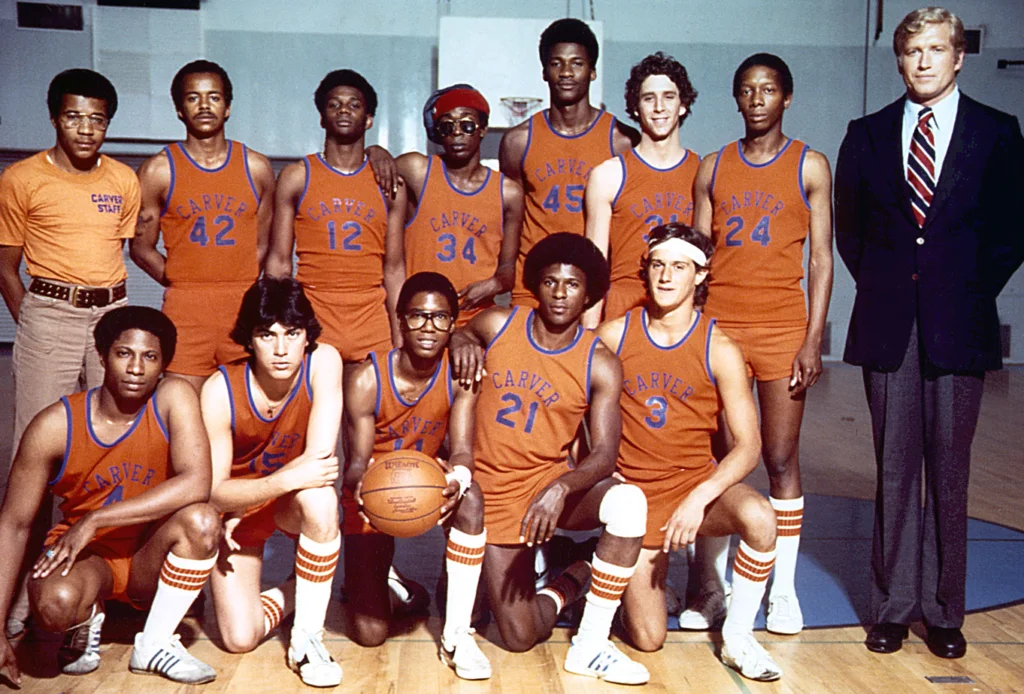
Created by Bruce Paltrow (father of Gwyneth), this innovative drama starred Ken Howard as a former NBA player who becomes a basketball coach at a racially diverse, underprivileged Los Angeles high school. The series tackled issues rarely seen on primetime television, including teenage alcoholism, various diseases, gambling addiction, and gang violence. The predominantly Black and Latino cast was revolutionary for its time, offering complex, three-dimensional characters in an era when minority actors were typically relegated to stereotypical supporting roles. New York Post pays homage to the cult classic for still resonating in a strong way to this very day, over four decades later.
Despite critical acclaim and a devoted following, “The White Shadow” struggled in the ratings and was canceled after three seasons, becoming a case study in critically acclaimed shows that fail to find commercial success. The series pioneered the “white savior in the inner city” narrative that would later become a Hollywood staple, but did so with unusual sensitivity and nuance for its era. Its influence can be seen in everything from “Dangerous Minds” to “The Wire,” particularly in its unflinching portrayal of urban education challenges and its willingness to let episodes end without neat resolutions—a rarity in 1970s television.
4. “The Amazing Spider-Man” (1977-1979)
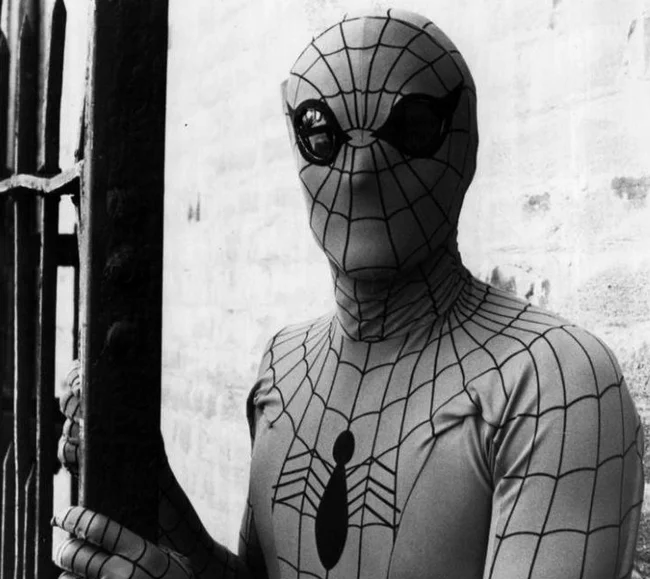
This live-action superhero series starring Nicholas Hammond as Peter Parker/Spider-Man predated the current superhero entertainment boom by decades, proving that comic book adaptations could work in live-action television formats. The show’s practical effects—including Hammond performing many of his own stunts on actual New York skyscrapers—created a sense of realism that influenced future superhero adaptations. The series balanced comic book action with elements of crime drama and journalism, establishing a template that later superhero shows would refine.
Despite solid ratings, CBS canceled the series partly due to concerns about being typecast as “the superhero network” (they were also airing “The Incredible Hulk” and “Wonder Woman”). The show’s relative obscurity today is particularly striking given the current Marvel entertainment juggernaut, with many fans of recent Spider-Man films unaware this series ever existed. Its pioneering status as the first American live-action television series based on a Marvel character makes it a crucial stepping stone in superhero entertainment history, demonstrating the viability of bringing comic book characters to the small screen years before such adaptations became commonplace.
5. “Maude” (1972-1978)
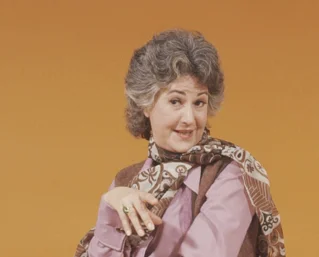
This “All in the Family” spin-off starring Bea Arthur as outspoken liberal feminist Maude Findlay became one of television’s most controversial and groundbreaking series. The show famously featured a two-part episode about Maude’s decision to have an abortion at age 47, airing two months before the Roe v. Wade Supreme Court decision. Creator Norman Lear’s willingness to address topics like alcoholism, mental illness, and domestic violence through a comedic lens revolutionized what situation comedies could tackle, establishing the template for issue-oriented comedy that shows like “black-ish” and “The Carmichael Show” would later adopt.
Despite its initial popularity and cultural impact, “Maude” has been largely overshadowed by other Norman Lear productions like “All in the Family” and “The Jeffersons” in terms of syndication and cultural memory. The show’s progressive politics and Arthur’s portrayal of an unapologetically assertive older woman created a new archetype for female characters that would influence everything from “Murphy Brown” to “Veep.” The series’ frank discussion of previously taboo topics helped expand the boundaries of television content during a crucial period of social change, making its relative absence from the conversation about influential 70s television particularly noteworthy.
6. “James at 15/16” (1977-1978)
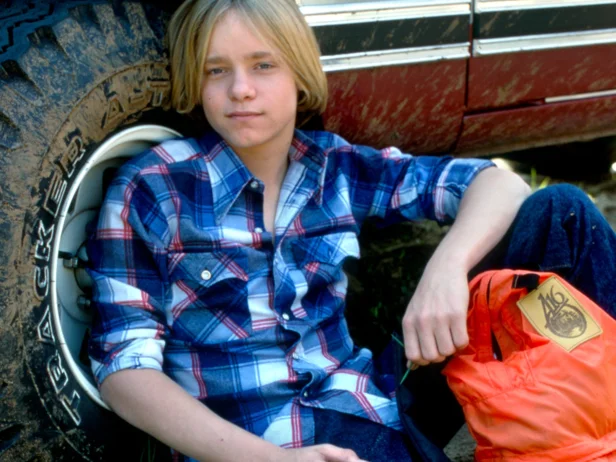
This coming-of-age drama centered on teenager James Hunter (Lance Kerwin) offered one of television’s most realistic portrayals of adolescence, tackling subjects like first love, parental divorce, and peer pressure with unusual authenticity. The series generated significant controversy with an episode depicting James losing his virginity, making it one of the first shows to address mature milestones from the teenager’s perspective. Creator Dan Wakefield, a respected novelist, brought literary sensibilities to the series, including internal monologues and dream sequences that added psychological depth rarely seen in teen-oriented programming.
Despite critical acclaim and a devoted teenage audience, the show lasted only one season, with its title changing midway to “James at 16” to reflect the character’s birthday. The series’ influence can be seen in later teen dramas from “My So-Called Life” to “Freaks and Geeks,” particularly in its dedication to realistic adolescent dialogue and its willingness to present teenage characters as complex individuals rather than stereotypes. Its innovative visual style—including handheld camera work and subjective point-of-view shots—pioneered techniques that would become standard in later youth-oriented programming, making its obscurity particularly surprising given its lasting influence on the teen drama genre.
7. “Lou Grant” (1977-1982)
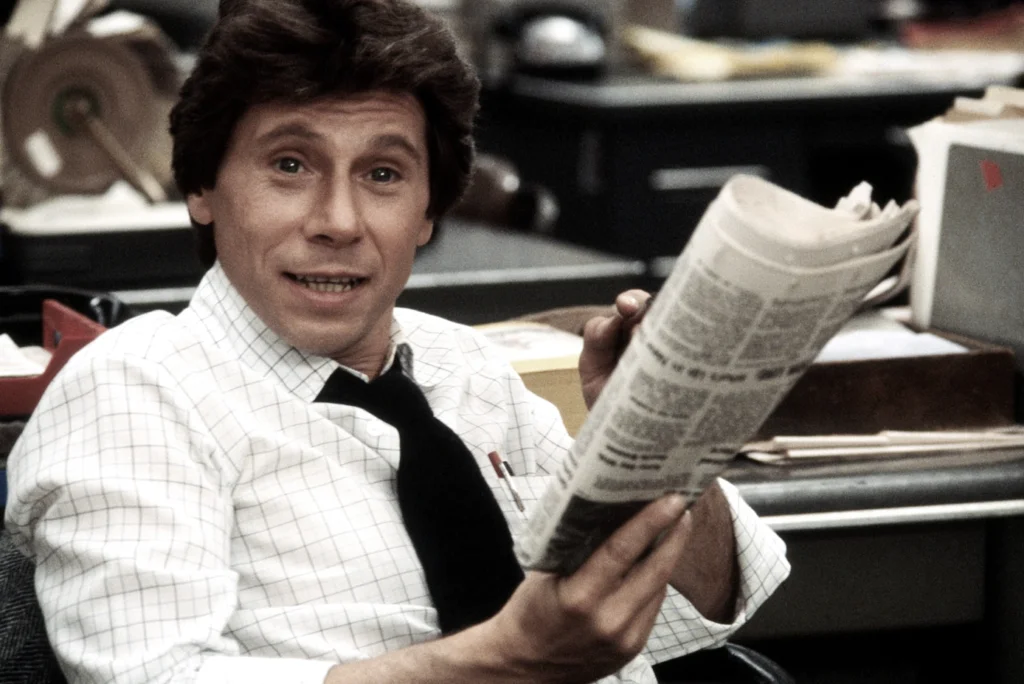
This groundbreaking spin-off took Ed Asner’s beloved character from “The Mary Tyler Moore Show” and transplanted him from a comedy to a hard-hitting newspaper drama, creating television’s first successful comedy-to-drama transition. The series tackled serious journalistic and social issues including nuclear power, mental illness, elderly abuse, and corporate corruption. Creator James L. Brooks and his team produced a working journalist drama that accurately depicted newspaper operations while maintaining compelling personal storylines, establishing a template that later shows like “The Wire” would adopt for institutional storytelling.
Despite winning 13 Emmy Awards, the show was abruptly canceled amid controversy over Asner’s left-wing political activism, particularly his support for rebels in El Salvador. The series’ journey from beloved to blacklisted illustrated the growing tension between entertainment and politics in the Reagan era. Its influence on subsequent newspaper dramas like “The Hour” and “The Newsroom” is unmistakable, particularly in its exploration of journalistic ethics and the balance between personal morality and professional obligations. The show’s relative obscurity today—especially compared to its sitcom predecessor—represents one of television history’s most striking examples of an acclaimed, influential series fading from public memory.
8. “Executive Suite” (1976-1977)
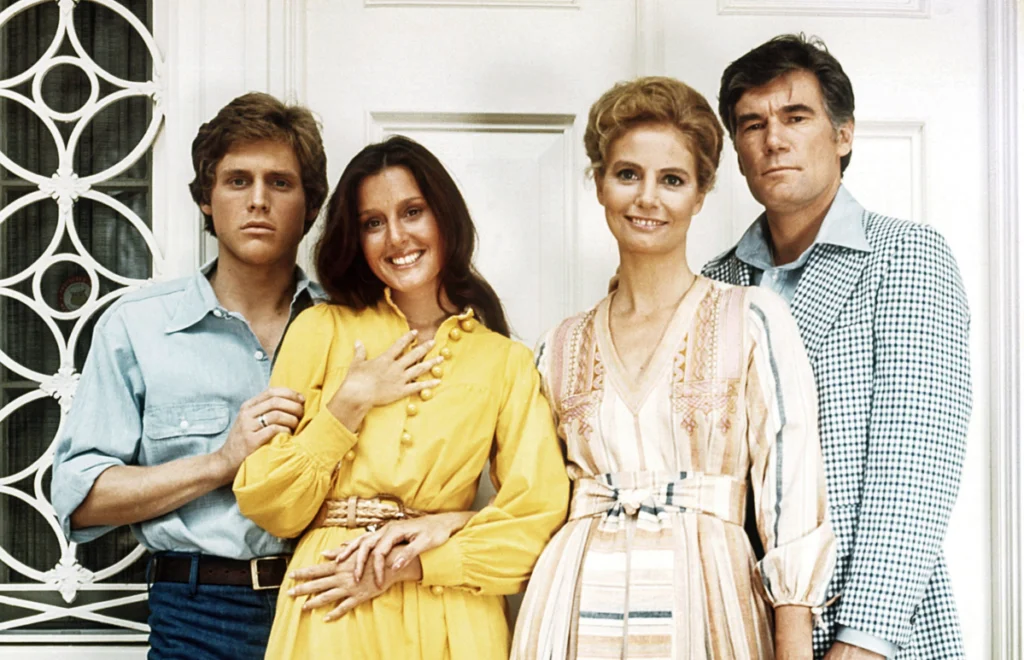
Based on the 1954 film of the same name, this pioneering business drama explored the power struggles and ethical dilemmas within a major corporation, predating shows like “Dallas” and “Dynasty” in bringing boardroom politics to primetime. The series featured an ensemble cast including Mitchell Ryan, Sharon Acker, and a young Steve Forrest, depicting complex corporate machinations at a time when most Americans had little insight into how large companies operated. Its relatively nuanced portrayal of business ethics and corporate responsibility was revolutionary for its era, avoiding simplistic “greed is good” messaging.
Despite critical acclaim, the series lasted only one season, falling victim to low ratings and CBS’s evolving programming strategy. Its DNA lives on in everything from “Succession” to “Billions,” particularly in its focus on the psychological costs of corporate ambition and the moral compromises required by capitalist success. The show’s exploration of female executives facing sexism and the challenges of work-life balance was especially forward-thinking, predating similar storylines that would become television staples decades later. Its status as the first serious primetime attempt to dramatize American corporate culture makes its virtual disappearance from television history particularly noteworthy.
9. “Hot l Baltimore” (1975)
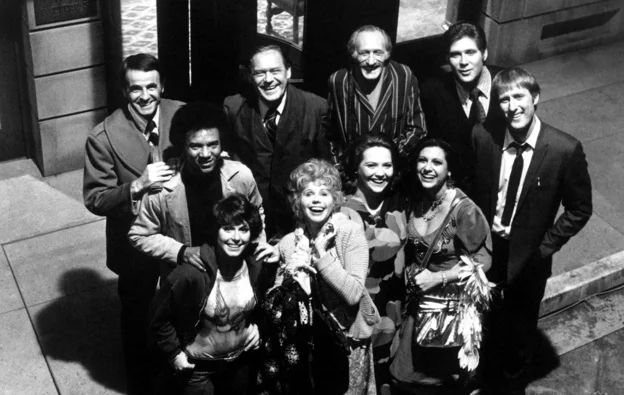
This short-lived Norman Lear production based on Lanford Wilson’s off-Broadway play became one of television’s most daring experiments, set in a run-down hotel populated by prostitutes, illegal immigrants, and other societal outcasts. ABC preceded each episode with a warning about mature content, making it one of the first network shows to carry such a disclaimer. The series featured television’s first gay couple as recurring characters (though their storylines were severely restricted by network standards), putting LGBT representation on screen years before most shows dared to do so.
Despite Lear’s track record with hits like “All in the Family,” the show lasted only 13 episodes before being canceled due to poor ratings and advertiser concerns about its controversial content. Its influence on later ensemble dramedies set in quirky locations with diverse casts is undeniable, creating a template that shows from “St. Elsewhere” to “Orange Is the New Black” would later refine. The series’ willingness to center stories around society’s marginalized populations and its portrayal of a makeshift family formed by social outcasts established narrative approaches that would become television staples decades later, making its near-complete erasure from television history particularly unfortunate.
10. “Insight” (1960-1983)

Though technically spanning beyond the ’70s, this anthology series produced by Catholic priest Ellwood Kieser reached its creative and cultural peak during the decade, addressing moral dilemmas and spiritual questions through dramatic stories featuring major Hollywood talent. Stars like Martin Sheen, Ron Howard, and Cicely Tyson appeared in episodes exploring topics like euthanasia, abortion, racism, and religious doubt—often before mainstream entertainment would touch such subjects. The show’s willingness to ask difficult questions rather than provide easy answers distinguished it from more dogmatic religious programming.
Despite winning multiple Emmy Awards and running for 23 seasons, “Insight” has been largely forgotten outside of religious media studies. Its influence on later anthology series addressing moral quandaries—from “Twilight Zone” revivals to “Black Mirror”—is significant if unacknowledged. The show’s innovative production techniques, including early experimental video effects and cinéma vérité approaches, pushed the boundaries of what low-budget television could accomplish. Its unique position as critically respected religious programming that avoided proselytizing in favor of authentic moral exploration makes its absence from television history conversations particularly striking.
11. “The Corner Bar” (1972-1973)
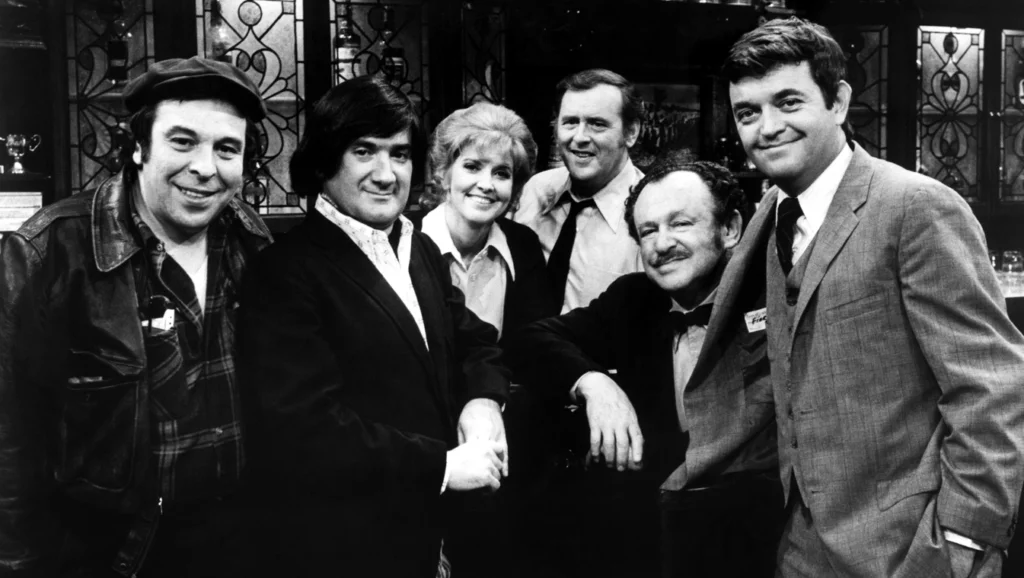
This short-lived sitcom set in a New York neighborhood bar featured television’s first recurring gay character, played by Vincent Schiavelli, predating better-known LGBTQ representation by decades. Though the character relied on stereotypes by modern standards, his regular inclusion in a primetime comedy represented a significant breakthrough. The series attempted to create an American equivalent to the British pub comedy, depicting a diverse group of working-class regulars from various ethnic backgrounds gathering to discuss issues of the day.
Despite its groundbreaking representation, the show lasted only 16 episodes across two abbreviated seasons on ABC. Its influence can be seen in later successful bar-set sitcoms like “Cheers,” which refined the concept of a diverse group of regulars forming a surrogate family in a public establishment. The show’s willingness to include explicitly gay characters in a non-judgmental way established a precedent that later series would build upon, making its virtual disappearance from television history particularly notable given its pioneering status in LGBTQ representation. Its format of using a gathering place to bring together characters from different backgrounds would become a television staple.
12. “The Young Lawyers” (1970-1971)
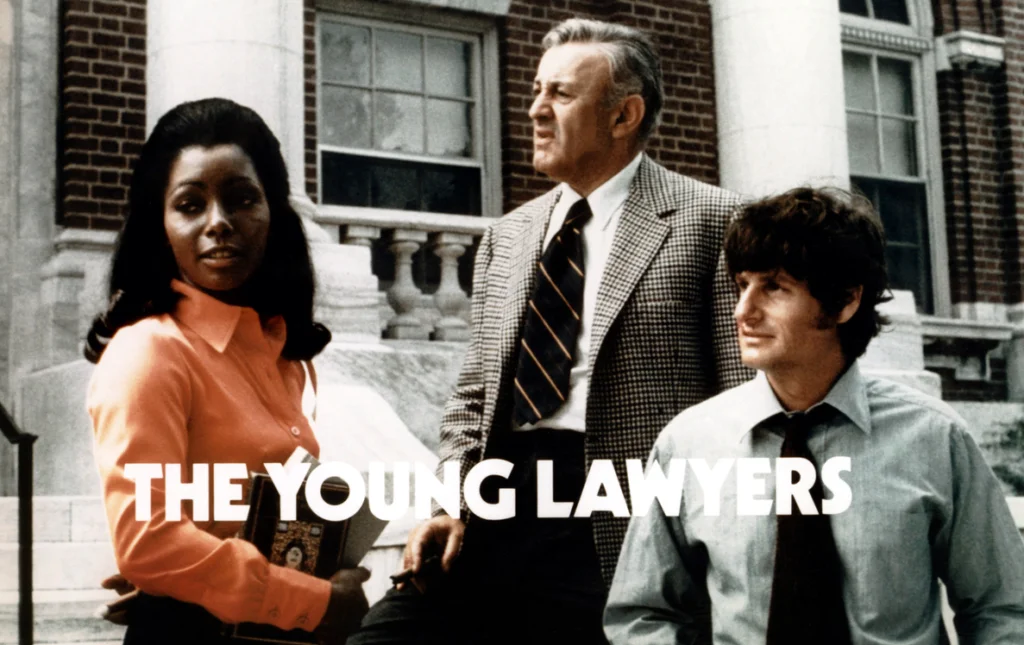
This legal drama centered on a law clinic for the poor starred Lee J. Cobb as a senior attorney mentoring young lawyers including Aaron Kincaid (Zalman King) and Pat Walters (Judy Pace)—the latter being one of television’s first Black female professionals in a drama series. The show addressed systemic inequities in the legal system and tackled controversial issues including police brutality, institutional racism, and housing discrimination. Its focus on legal aid for underprivileged clients predated later legal shows’ exploration of social justice themes by decades.
Despite critical acclaim and a prestigious time slot, the series lasted only one season, unable to find a large enough audience for its serious examination of legal ethics and social problems. Its influence can be seen in later legal dramas from “The Practice” to “Better Call Saul,” particularly in its focus on lawyers struggling to maintain idealism within a flawed system. The show’s portrayal of a Black female attorney as intelligent, capable, and central to the narrative was revolutionary for its time, making its obscurity particularly unfortunate given current discussions about representation in television history. Its “teaching hospital” approach to legal drama would later become a television staple.
13. “The Reporters” (1969-1970)
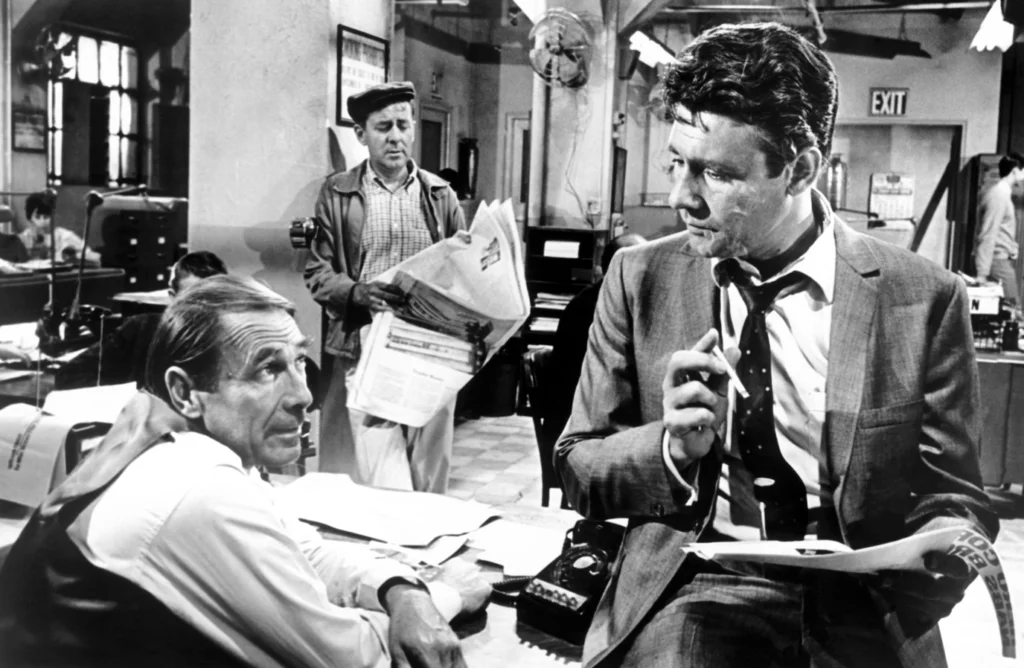
This documentary-style drama about newspaper journalists used handheld cameras and a cinéma vérité approach that was revolutionary for scripted television of its era. The series blended actual news footage with dramatic recreations, creating a hybrid format that predated later reality-based programming by decades. Its episodes focused on social issues including poverty, urban decay, and political corruption, often drawing from actual news stories for inspiration.
Despite critical respect for its innovative approach, the series lasted only half a season, becoming a victim of network programming shifts and audience confusion about its documentary/drama hybrid format. Its influence can be seen in later shows that blurred the line between fact and fiction like “Homicide: Life on the Street” and even reality programming like “Cops.” The series’ pioneering use of documentary techniques within dramatic storytelling established visual approaches that would become television standards decades later, making its complete disappearance from television history conversations particularly notable. Its technical innovations alone—including location shooting and natural lighting—would influence television aesthetics for generations.
14. “Future Cop” (1976-1977)
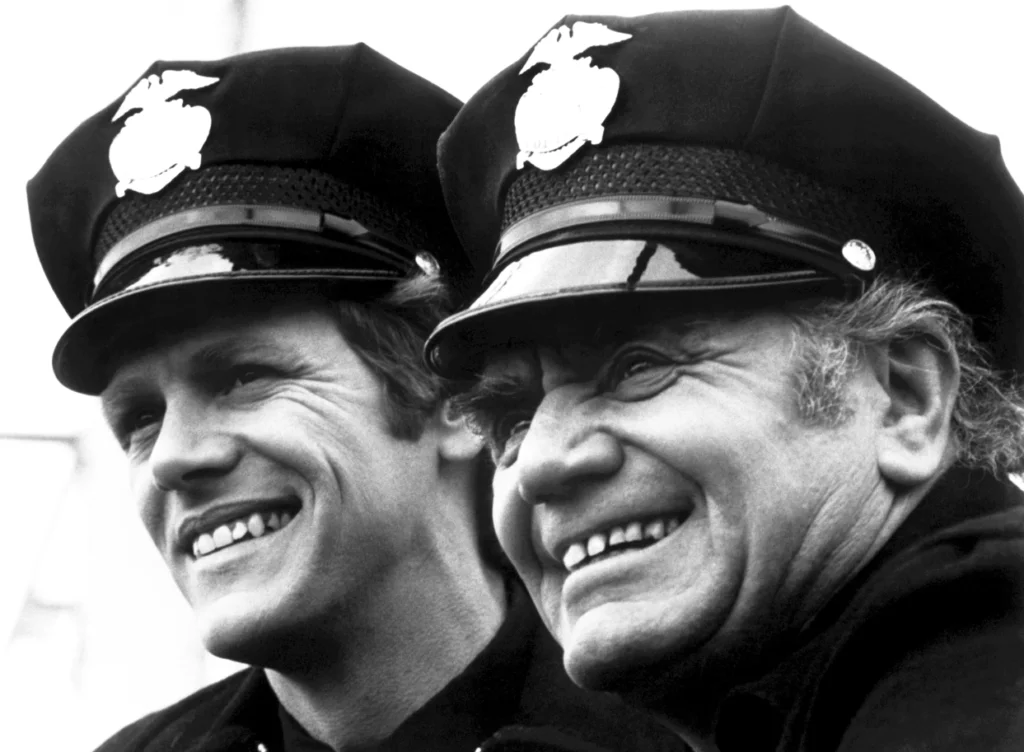
This science fiction police procedural starred Ernest Borgnine as a veteran officer partnered with an android policeman (Michael Shannon) indistinguishable from humans—a concept that predated similar premises in films like “Blade Runner” and series like “Almost Human” by decades. The show explored philosophical questions about artificial intelligence, what defines humanity, and the ethics of creating sentient machines while maintaining the familiar structure of a police drama. Its blend of speculative fiction with procedural elements established a hybrid genre that later shows would perfect.
Despite an interesting premise and the star power of Oscar-winner Borgnine, the series lasted only seven episodes, failing to find an audience large enough to justify its ambitious concept and special effects budget. The show became the subject of a successful plagiarism lawsuit by writers Harlan Ellison and Ben Bova, who claimed it copied their story “Brillo.” Its influence on later robot/human buddy cop variations is undeniable, establishing a template that shows and films from “Holmes & Yoyo” to “I, Robot” would refine. Its early exploration of artificial intelligence ethics makes its obscurity particularly surprising given contemporary interest in AI in both fiction and reality.
These forgotten television pioneers remind us that innovation doesn’t always guarantee longevity in cultural memory. Whether due to being ahead of their time, network politics, or simply bad luck in scheduling, these shows pushed creative boundaries and expanded television’s possibilities while somehow failing to maintain the cultural foothold of their more famous contemporaries. Their storylines, characters, and formats laid groundwork for programming we now take for granted, proving that television history, like all history, is often written by the survivors rather than the innovators. As streaming services continue to resurrect older content, perhaps some of these groundbreaking yet forgotten series will finally receive the recognition their influence deserves.


